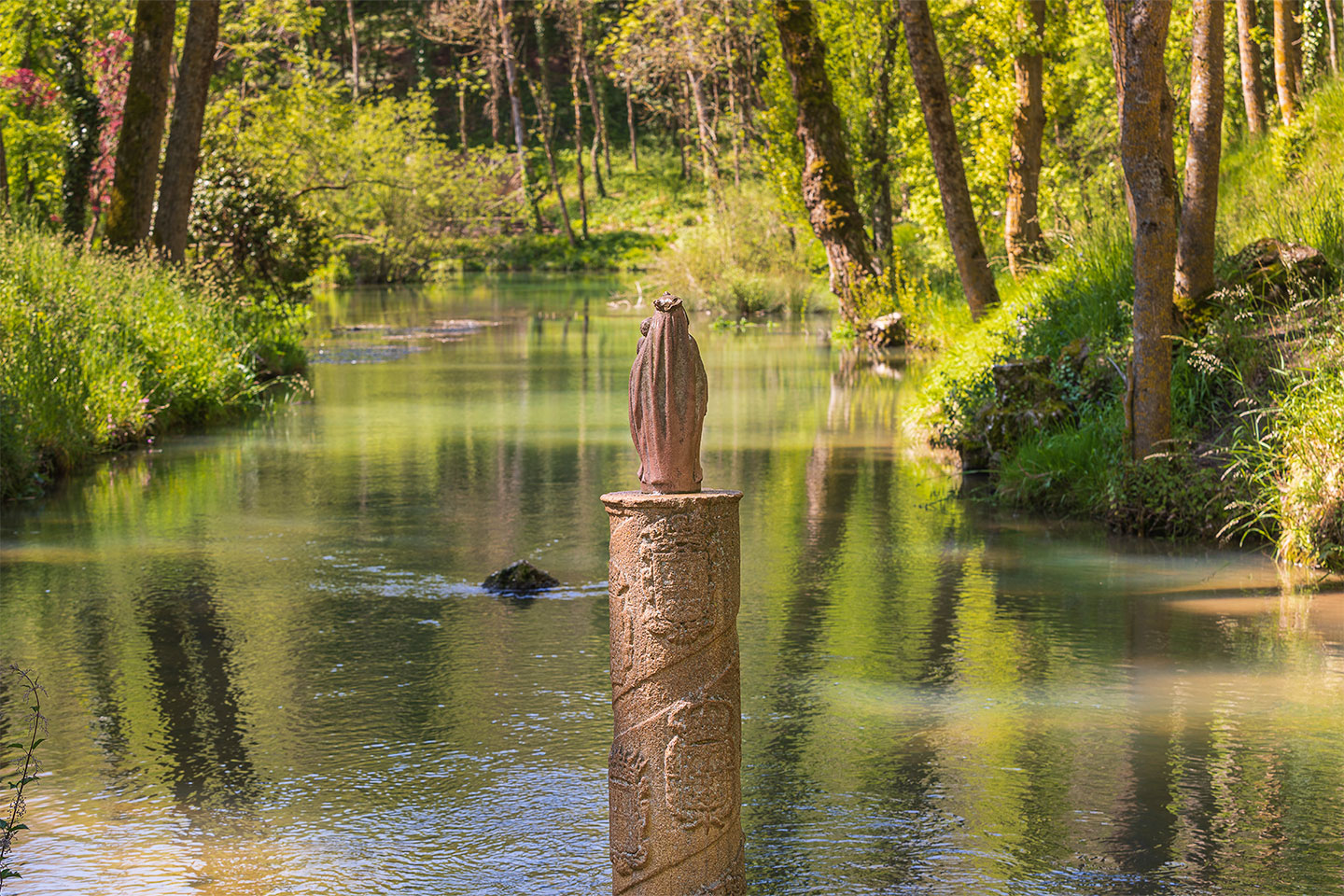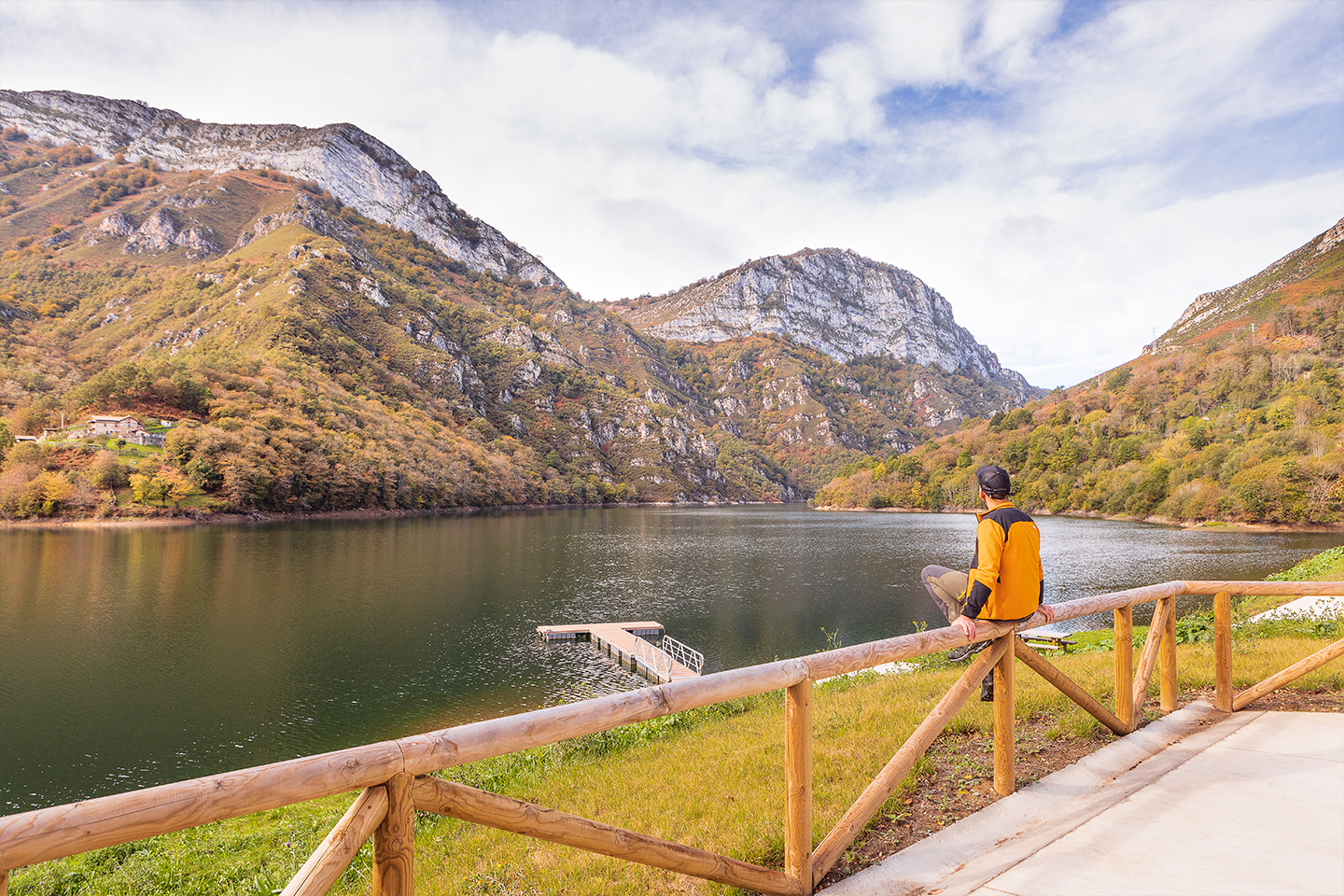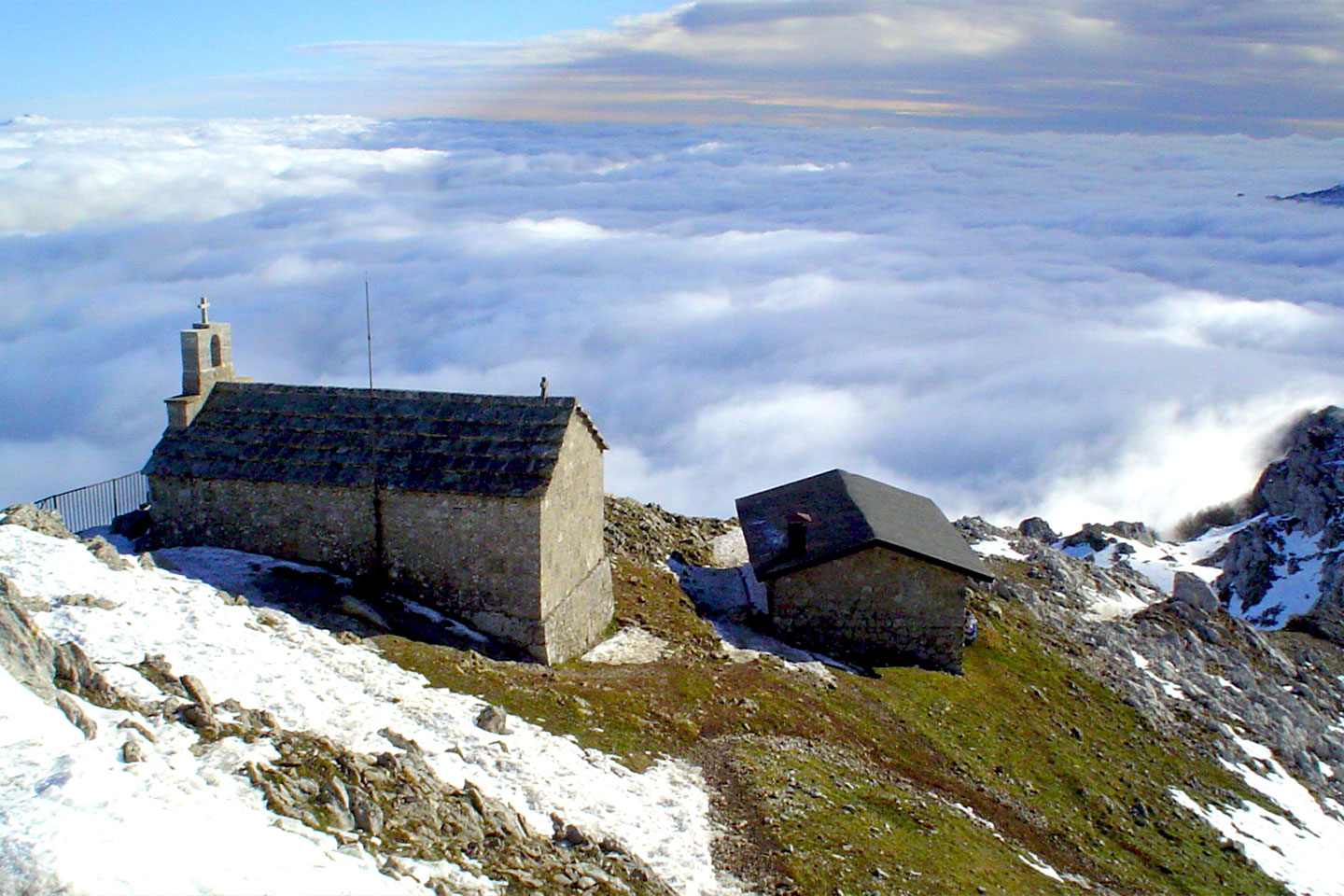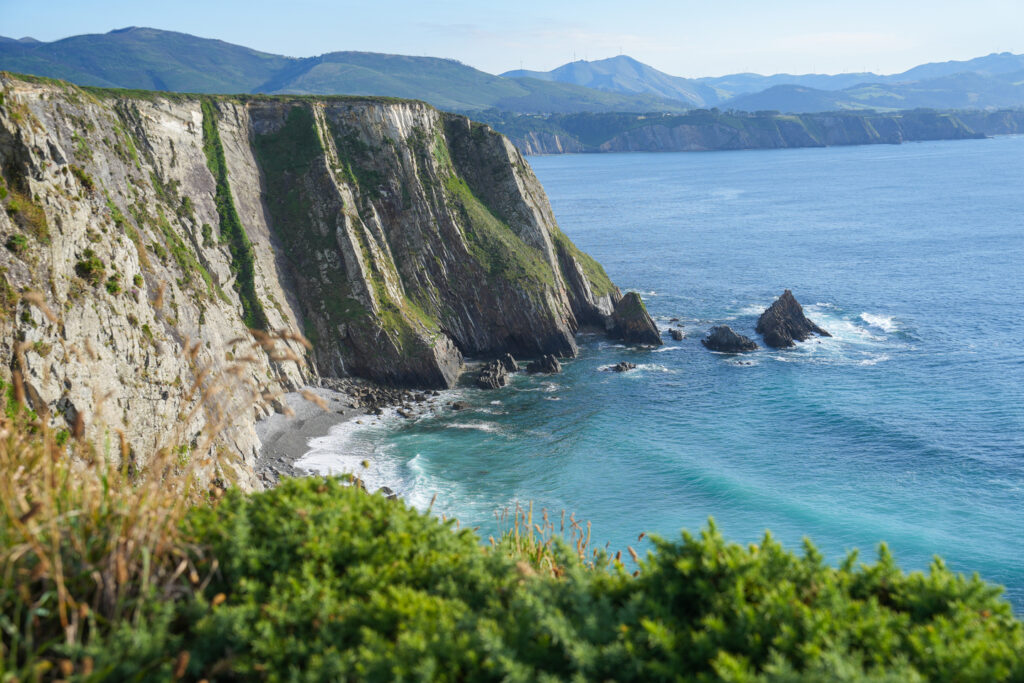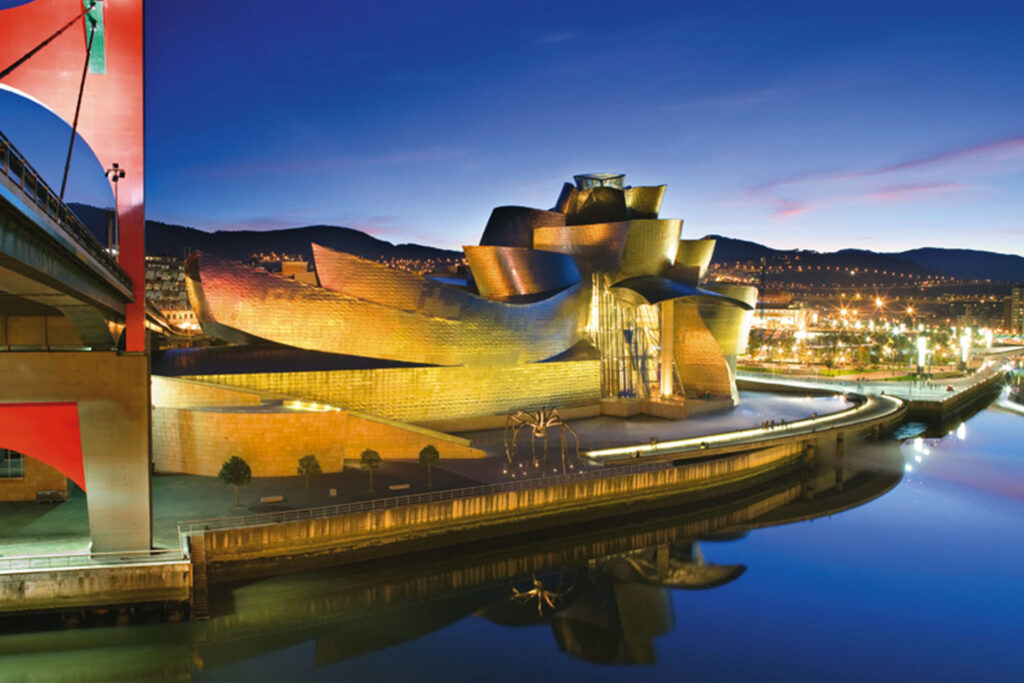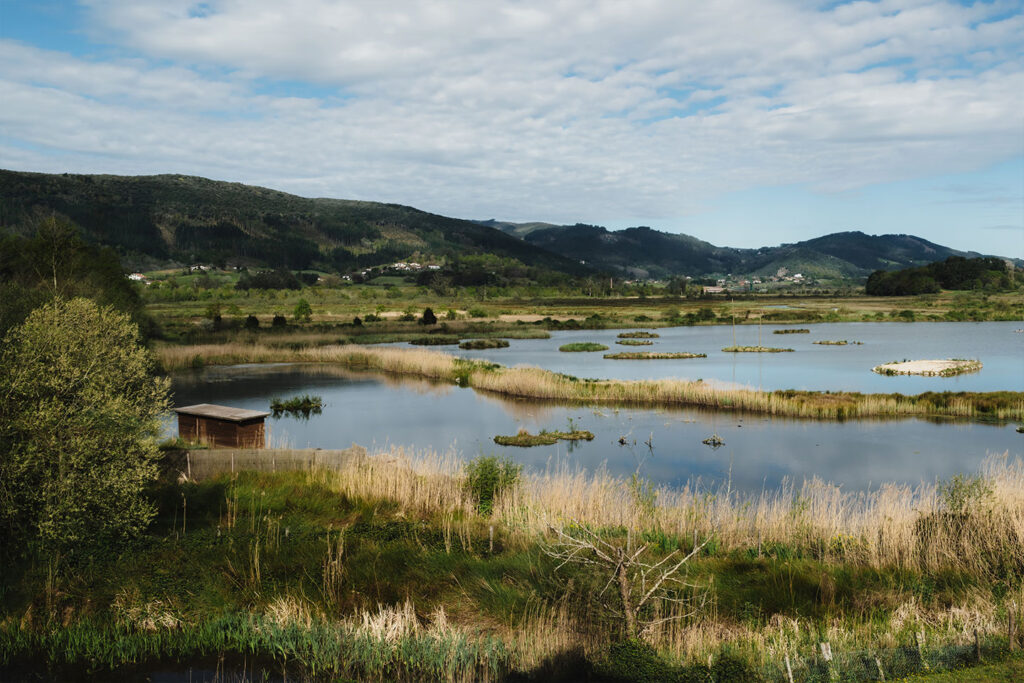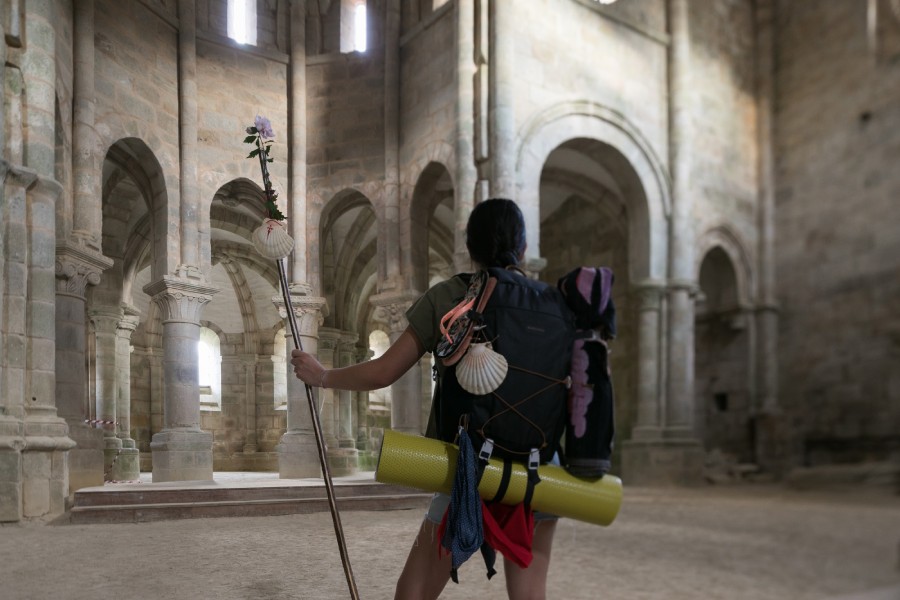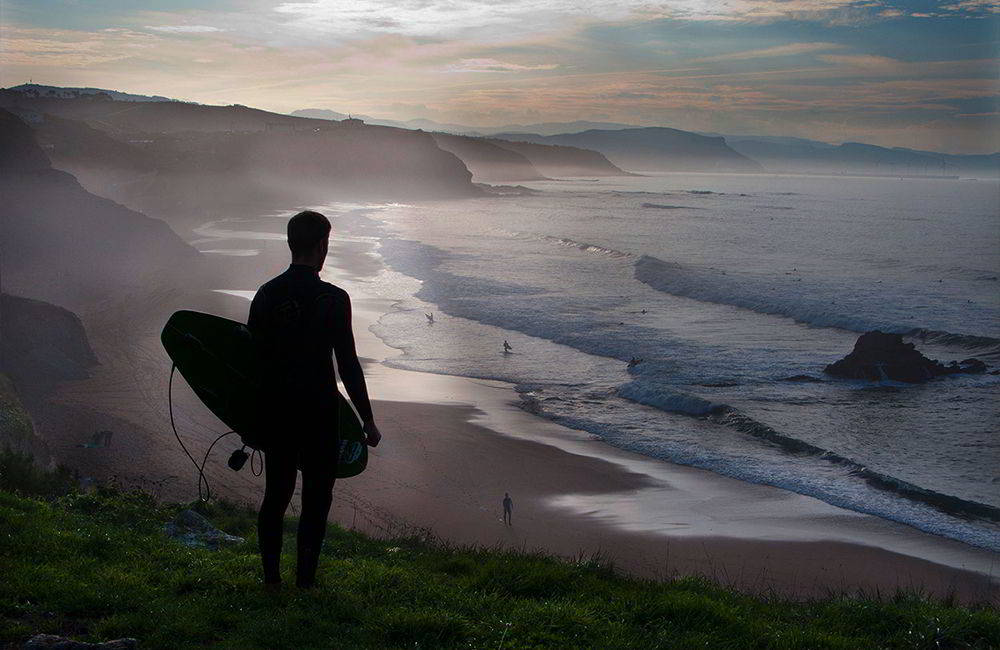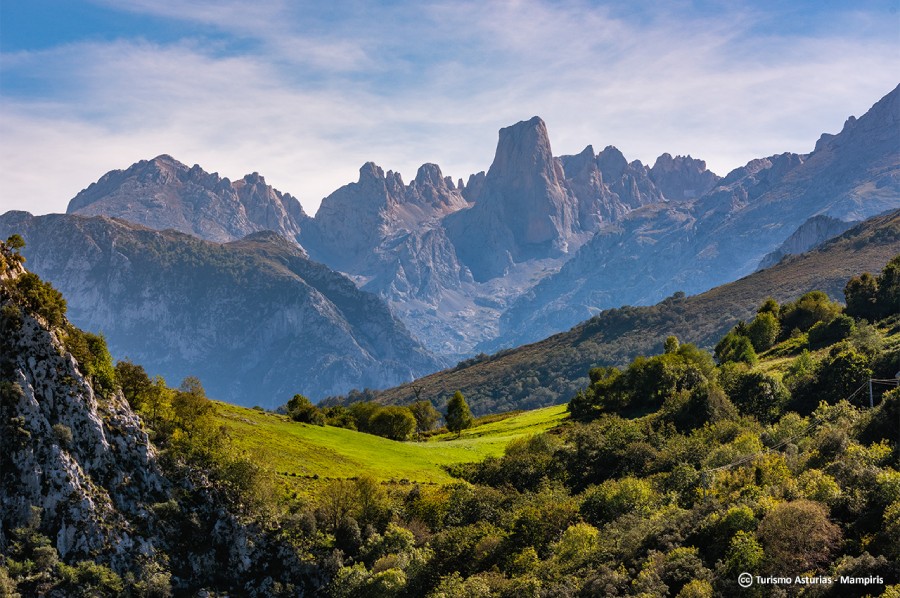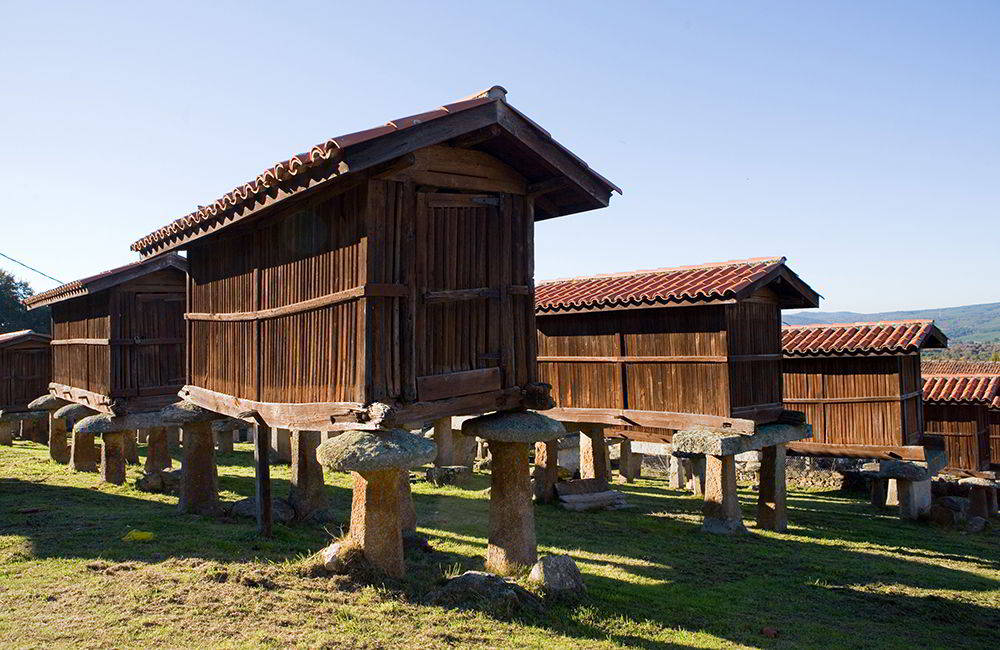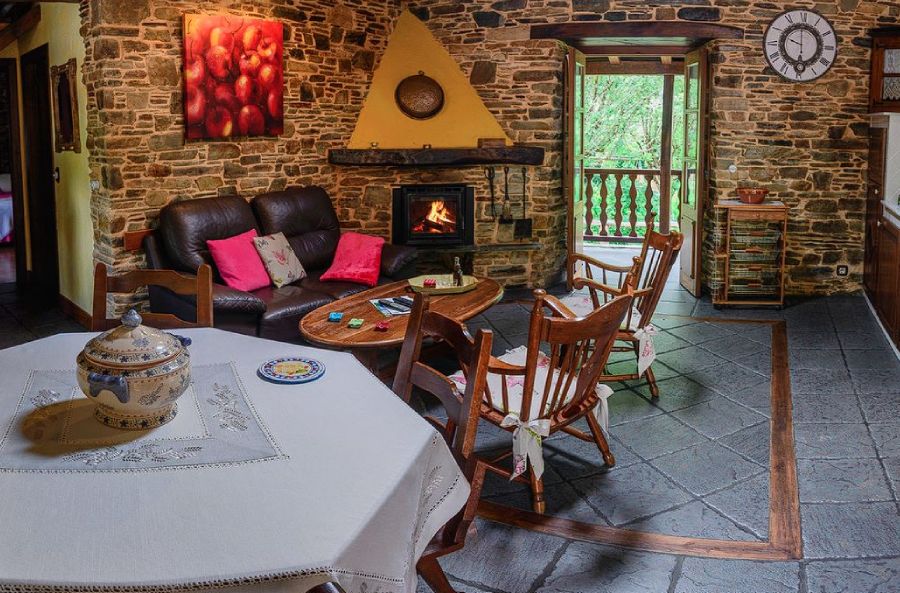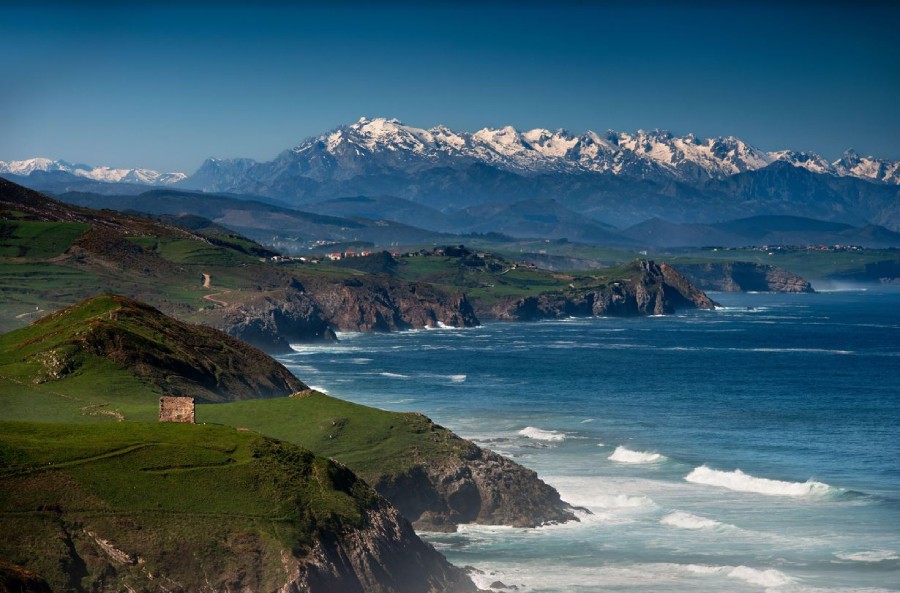Green Spain has secrets that not many people know and places that are far from the usual tourist routes. These are places where you can practice slow tourism, with no rush, no crowds, and more attention to the landscape than to your phone screen. We’ve selected four secret regions and several plans around them to discover some of the lesser-known faces of northern Spain.
Two plans to do in the Campoo region (Cantabria)
1. Discover the Ebro at its source and when it becomes an inland sea
It is in Campoo, in a forest of dense poplars and ash trees, where the Ebro River is born, at the so-called Fuentona de Fontibre. It is a very special and intimate place that contrasts with the vast size the longest river in Spain later reaches. The visit can be complemented with a trip to the Ebro River Interpretation Center. Just a few kilometers away, the Ebro becomes a large reservoir that dominates a spectacular high plateau. It is there, in this inland sea, where you can birdwatch, enjoy water sports, or visit the Cathedral of the Fish: the bell tower of the church from the old village of Villanueva, flooded during the dam’s creation.
2. Delve into the fascinating world of rock-hewn hermitages
The valley of Valderredible boasts an unusual number of hermitages and churches carved into rock, a concentration unique in Spain. It’s a very distinctive form of architecture that fascinates all audiences: caves carved to turn them into churches with arches, vaults, and even sculpted bell towers. Routes usually start at the church of Santa María de Valverde, next to which is the interpretation center. Some must-see temples include: the hermitage of San Miguel (carved into a rock mound), Santa María de Cadalso (the smallest in the valley), or the one in Arroyuelos, the most monumental of all medieval caves. It consists of two wide naves, two floors, and has all the elements of a church—benches, tombs—carved into the rock itself.
Two plans to do in the Viana region (Ourense, Galicia)
1. Get lost in the historic center of Viana do Bolo
Declared a Historic-Artistic Monument, Viana do Bolo is the main gateway to a region that owes much of its charm to a fruit: the chestnut, whose natural cultivation has helped preserve the almost untouched landscapes. The town flourished in the Middle Ages and has not lost its splendor since, as seen in its main square, baroque buildings, and those typical Galician glass balconies that let in light while sheltering from rain. Be sure to climb to the top to see its Homage Tower (the only remnant of its old castle) or head to the O Vao reservoir.
2. Discover unique Roman gold mines
To many visitors, these red lands tumbling south of San Cibrao toward the Camba River and the O Vao reservoir will recall the famous Médulas landscape. And rightly so, since beneath this reddish carpet the Romans sought gold: these are the As Borreas mines. There is a 3-kilometer circular route starting from the road to Caldesiños, with two viewpoints (north and south) offering not just views of the landscape but also explanations of how the Romans worked it to extract as much gold as possible. As in León’s Médulas, the Romans used the same engineering technique: digging wells and galleries into which large volumes of water would be released to wash out gold-bearing land.
Two plans to do in the Nalón Valley (Asturias)
1. Get lost (and found) in the Redes Natural Park
This is no ordinary natural area: in 2001, it was declared a Biosphere Reserve by UNESCO, ensuring the protection of this paradise of contrasts where you can find everything. Perfectly grazed pastures like golf courses? Yes. Northern species forests like beech and oak? Plenty. Tall peaks? Ask about Cantu l’Osu, Tiatordos, or the over 2,000-meter Rapaína. Limestone gorges for hiking? Just head to the Arrudos or Alba rivers. A plan for everyone? The Brañagallones Route, no doubt: a very accessible three-hour walk to a secret valley through glacial landscapes and beech forests.
2. Be amazed by Langreo’s industrial heritage
This plan couldn’t be more different from the previous one: it is in Langreo where Duro Felguera, Spain’s main mining and steel company of the early 20th century, was born and grew. Langreo has maintained its industrial character but still preserves monuments from that boom period, such as the workers’ colony in the Urquijo neighborhood (a housing complex built by the company for its workers), the 1904 Management House, or the large truncated-cone concrete cooling tower, now home to the fascinating Asturias Museum of Iron and Steel. There, you’ll uncover all the secrets of Langreo’s industry and steelmaking. Another must-see is the Samuño Valley Mining Ecomuseum, offering the experience of riding the old mining train (through trenches and tunnels), exploring the restored San Luis mine complex, or marveling at industrial ‘artworks’ like the inclined plane of Puente Humeru and its dozens of stairs.
Two plans to do in the Goierri region (Gipuzkoa, Basque Country)
1. Delight in the sensory feast of Ordizia’s market
Held since the early 16th century, this market takes place every Wednesday come rain or shine. The Ordizia market, located in the town center under a centuries-old neoclassical building in Nagusia Square, is not only the oldest traditional market in the Basque Country, but a benchmark for setting the prices of local farm products—something like the Dow Jones of rural Euskadi. The market is a fantastic chance to explore seasonal, local Basque products, all produced just a few kilometers away. If your visit coincides with Artzai Eguna (April) or the Idiazabal Cheese Competition (September), you’ll enjoy parallel festivities.
2. Experience an adventure in the San Adrián tunnel
Many centuries before roads and highways became common, there was a rather unique (and demanding) way to exit the Basque Country and reach Castile. In fact, the San Adrián tunnel was a main connection point between Spain and Europe, which is why there are many records of travelers who marveled at crossing it. San Adrián is a natural tunnel about 1,000 meters above sea level that cuts through the Aizkorri mountain range. It once had inns and establishments, of which only foundations and a small chapel remain today. For hiking lovers, San Adrián is not the end but the beginning of many adventures, as the tunnel is the starting point (and route) for numerous trails through the Aizkorri-Aratz Natural Park, either to explore its peaks, wander through dreamlike meadows like Urbia, or descend to the nearby Alavese Plain via the old medieval road, now part of the Way of St. James, the Bayonne Route.
